Teaching
To paraphrase Plutarch, education “is not filling of a vessel but kindling of a fire.” My overriding goal as a teacher-scholar at the Raymond A. Mason School of Business is to provide the students the requisite knowledge and the analytic tools to succeed not only as business leaders, but as outstanding members of the communities they live and work in.
Through William & Mary, I teach undergraduate (BBA), full-time MBA, part-time MBA (Flex-MBA), Analytics (MSBA), and executive MBA (EMBA) students. I also teach in a number of Executive education programs at William & Mary, across the country, and around the world, helping executives from both large and small companies efficiently manage supply chains and articulate digital strategies.
Here are course descriptions of some of the most recent courses taught:
Managing Supply Chain in the Digital Economy (to BBA/MBA/Flex MBA/EMBA)
This newly designed course primarily deals with the design and operation of logistics networks or supply chains, and the flow of materials and information on them. The student in this course will be exposed to both the strategic and operational aspects of managing today’s complex supply chains. Key objectives of this course, in addition to exploring key ideas through cases and in-class discussions, is to visit world-class companies and see how they manage their supply chains. Second, we will “experiment” and actively manage realistic and complex operational situations via business simulations.
Data Visualization (MSBA)
After completing this course, students will demonstrate an ability to:
Articulate best practices in data visualization
Develop and interpret a wide range of charts and graphs in Tableau
Enhance and customize visualizations as needed for a specific business context
Visualize and interpret spatial data
Verbally communicate persuasive, data-driven business insights supported by Tableau visualizations
Introduction to Business Operations (EMBA/MBA/Flex-MBA/BBA)
The course will use two perspectives to explore operations. The first is the “process” view — a set of activities and resources that transform inputs into outputs. We will explore how to design, analyze, and control business processes within a firm. The second perspective of this course will use the supply chain as the overarching model to explore the latest operations-related initiatives. The supply chain is simply a network of firms that source, make, and deliver the product or service to the customer.
India Experience (MBA)
This course provides an immersive experience on business practices, culture, and traditions of India. The students take a two-week trip to India to interact with executives and NGOs, and visit many of India’s vibrant cities — New Delhi, Mumbai, Jaipur, and Chennai.
My classes rely heavily on field visits and “learning by doing” — here are some of the fun things we do in my classes:
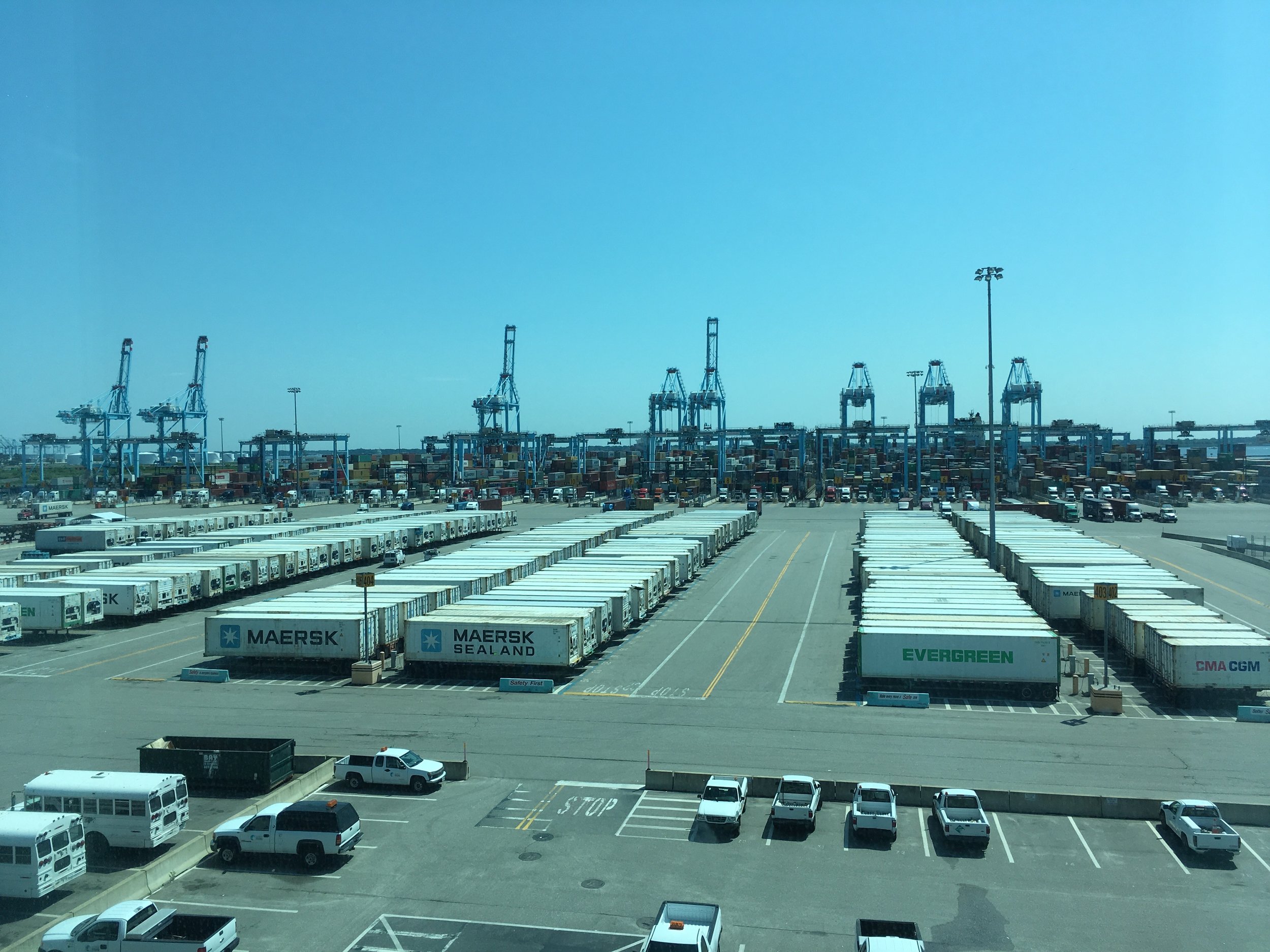
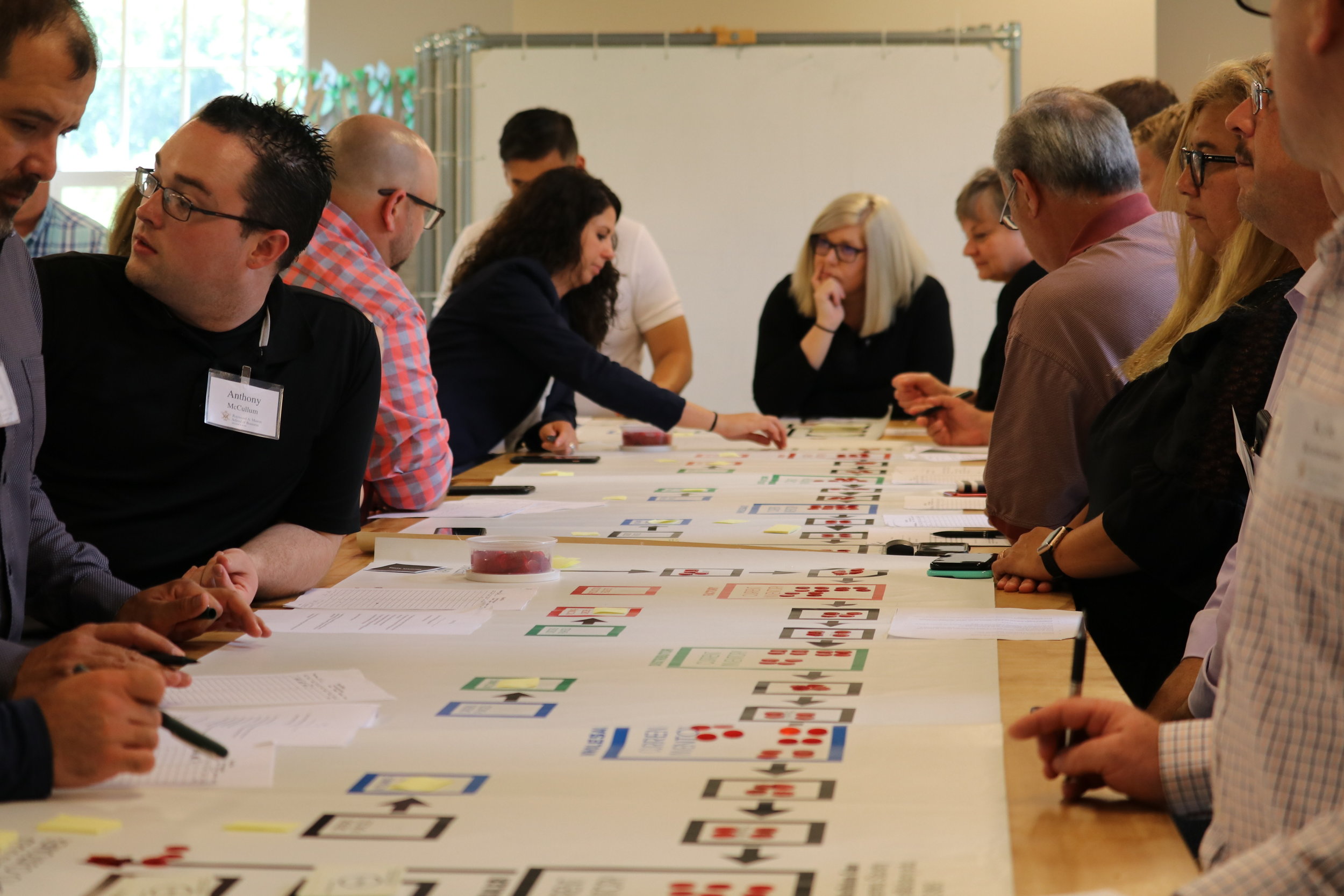
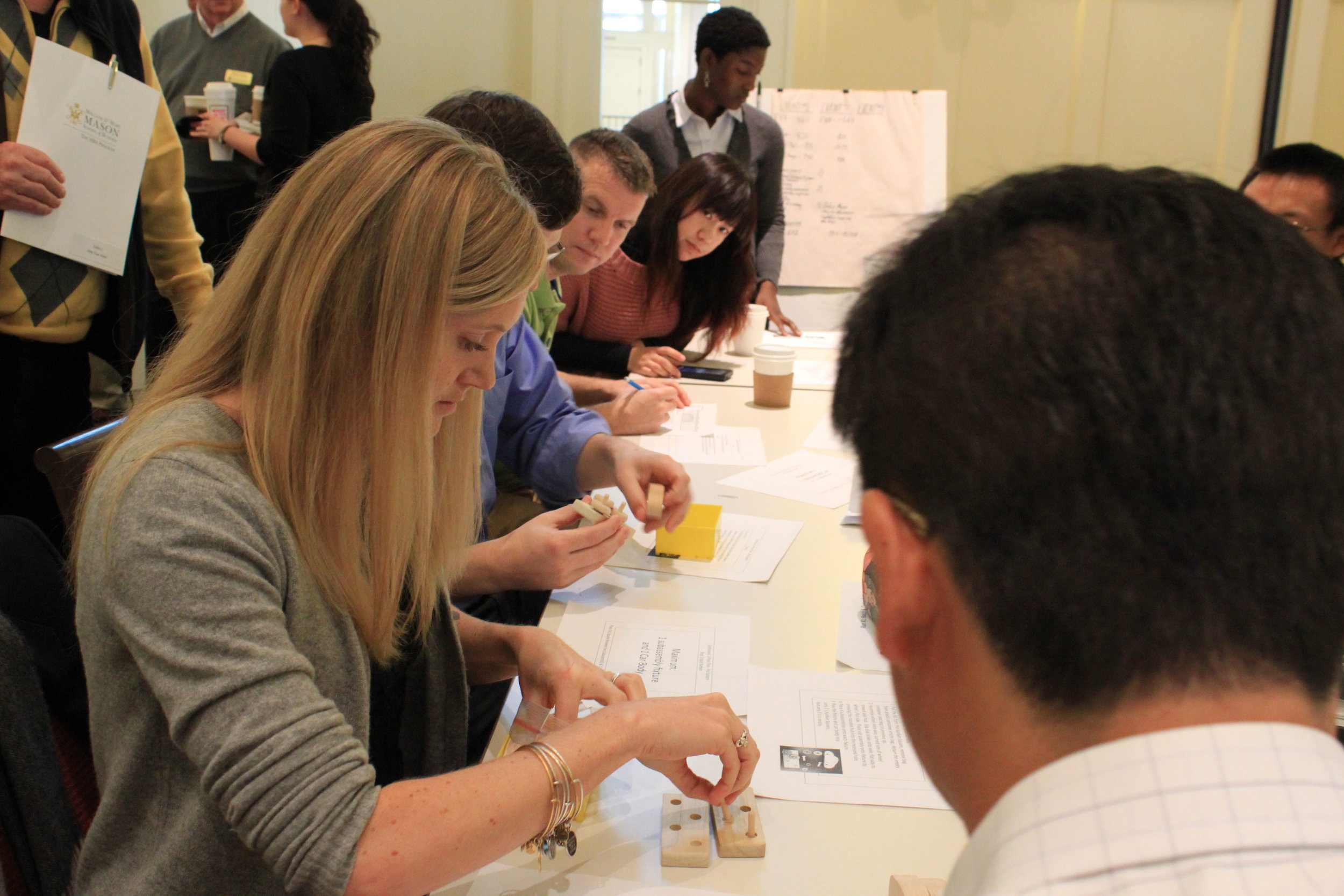
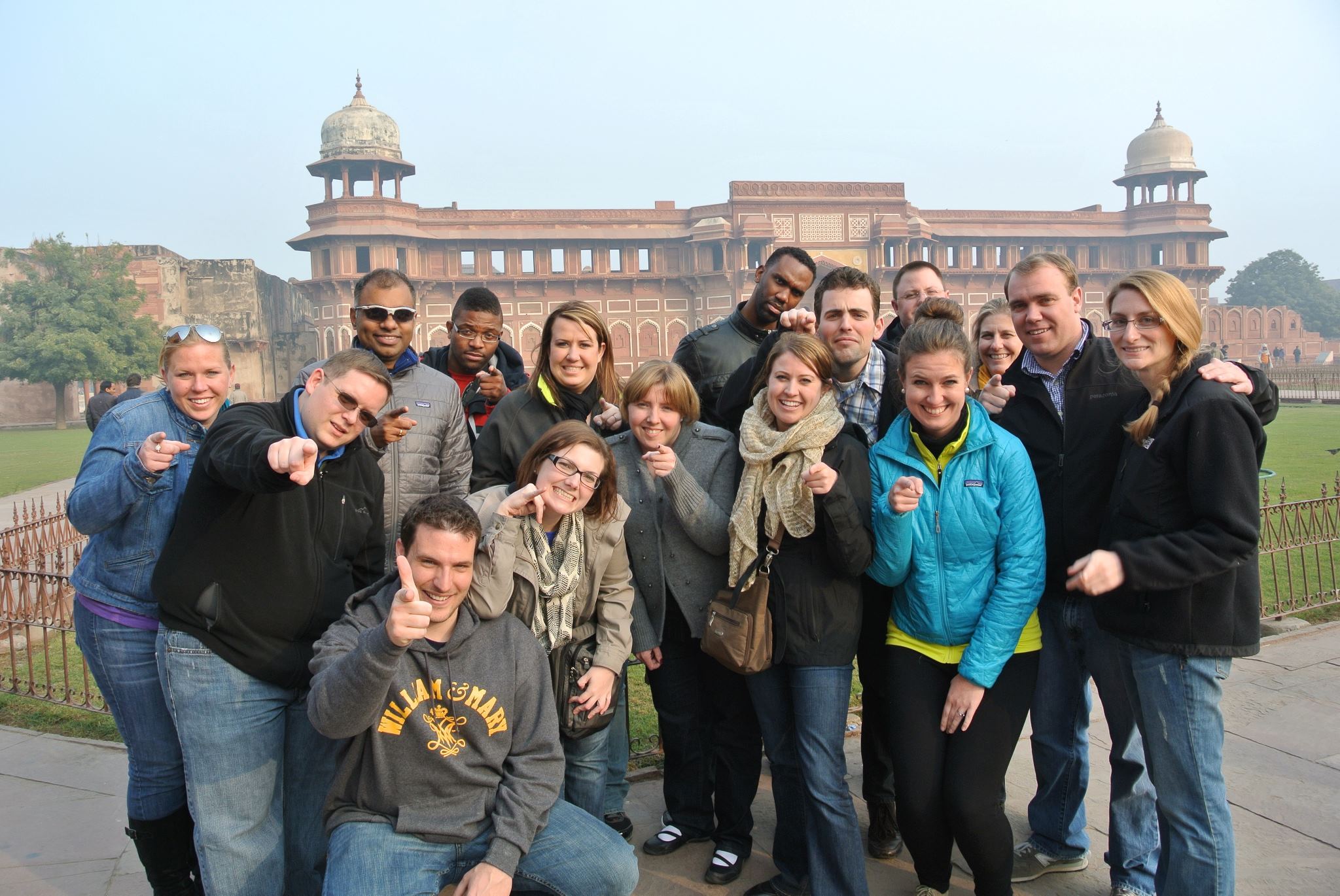
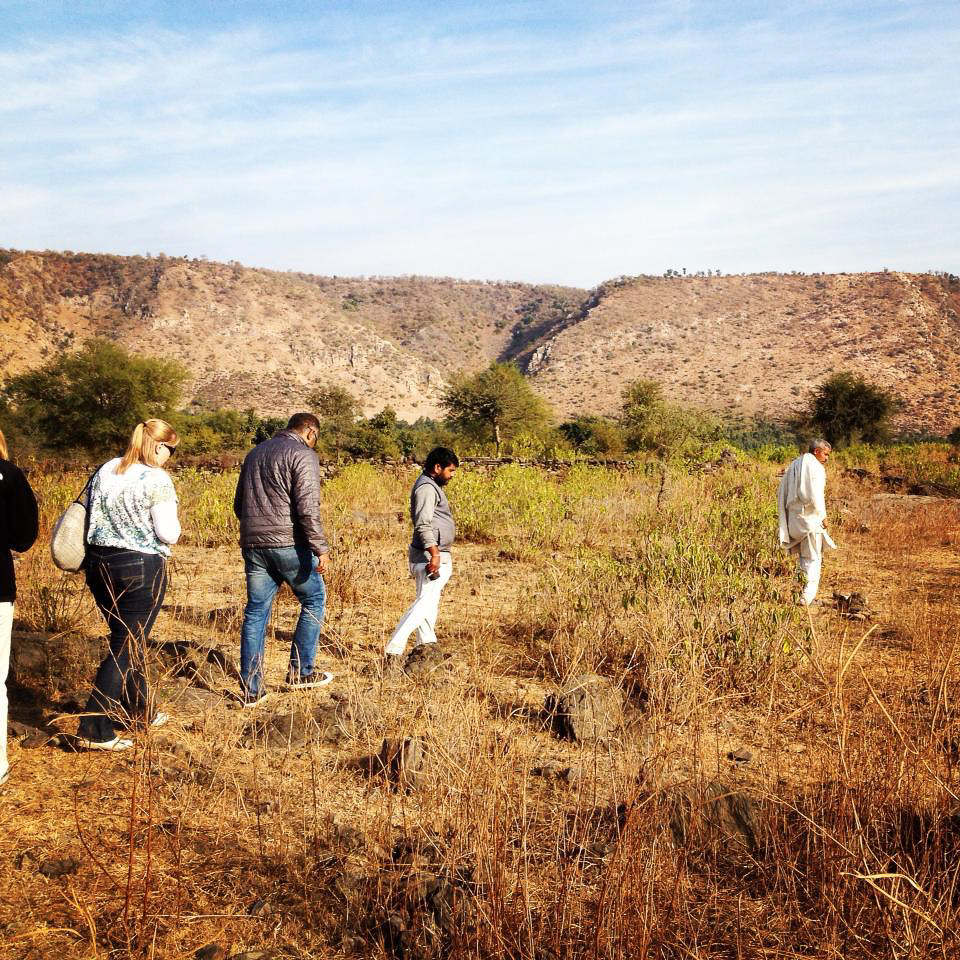
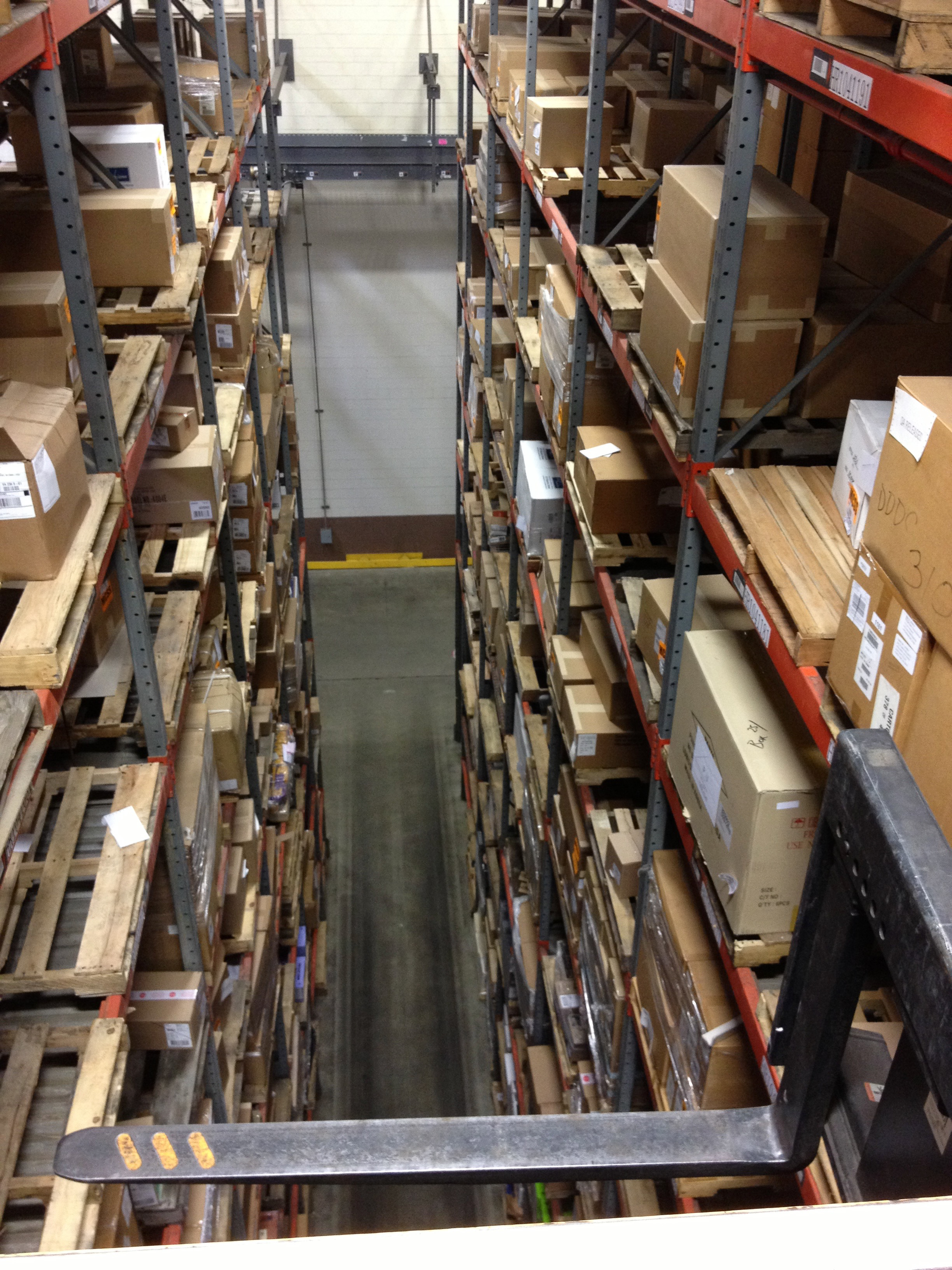
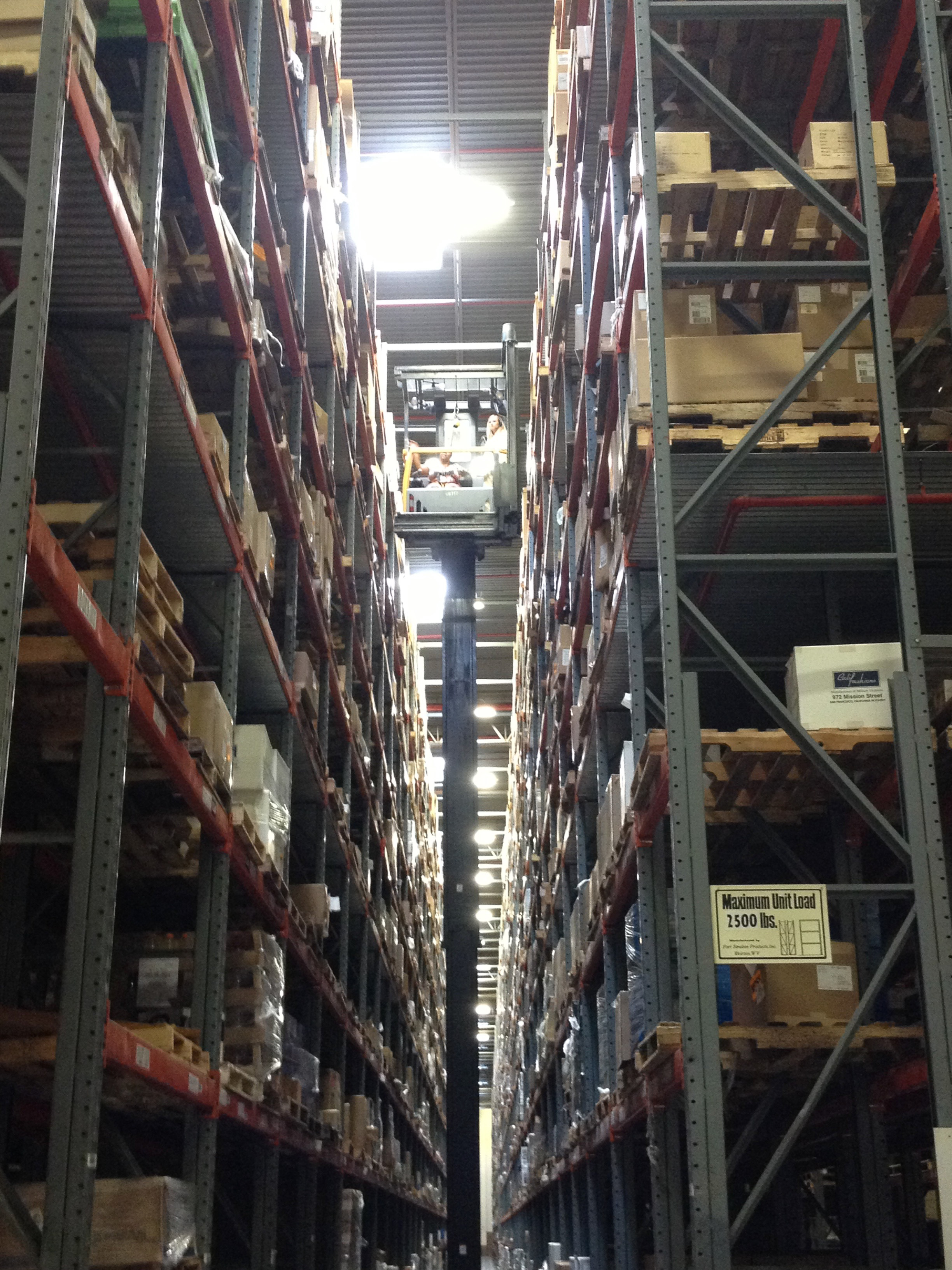
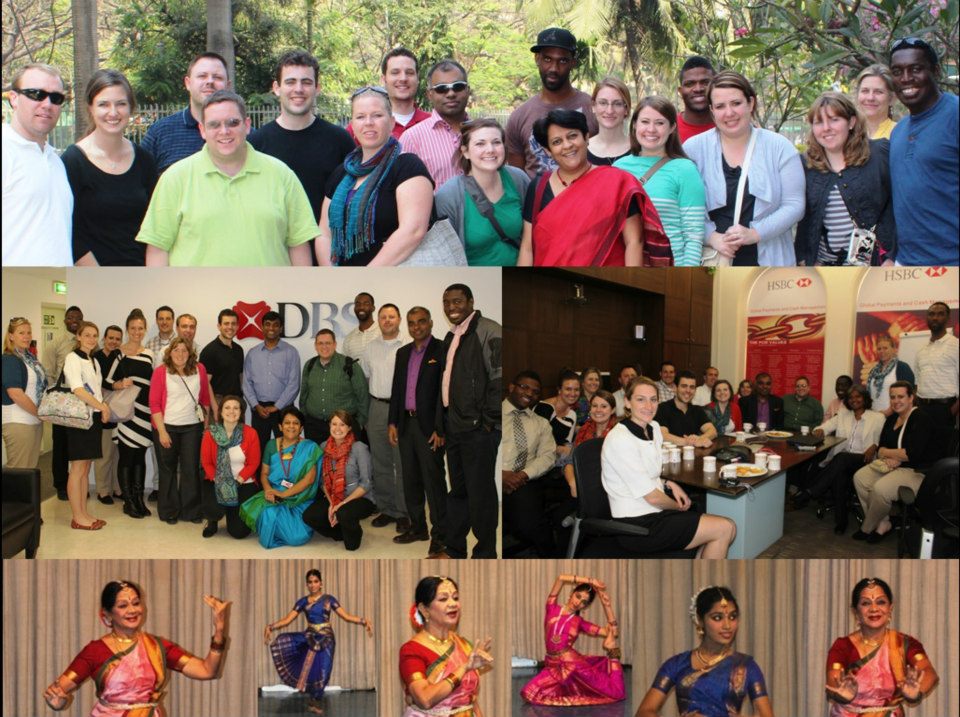
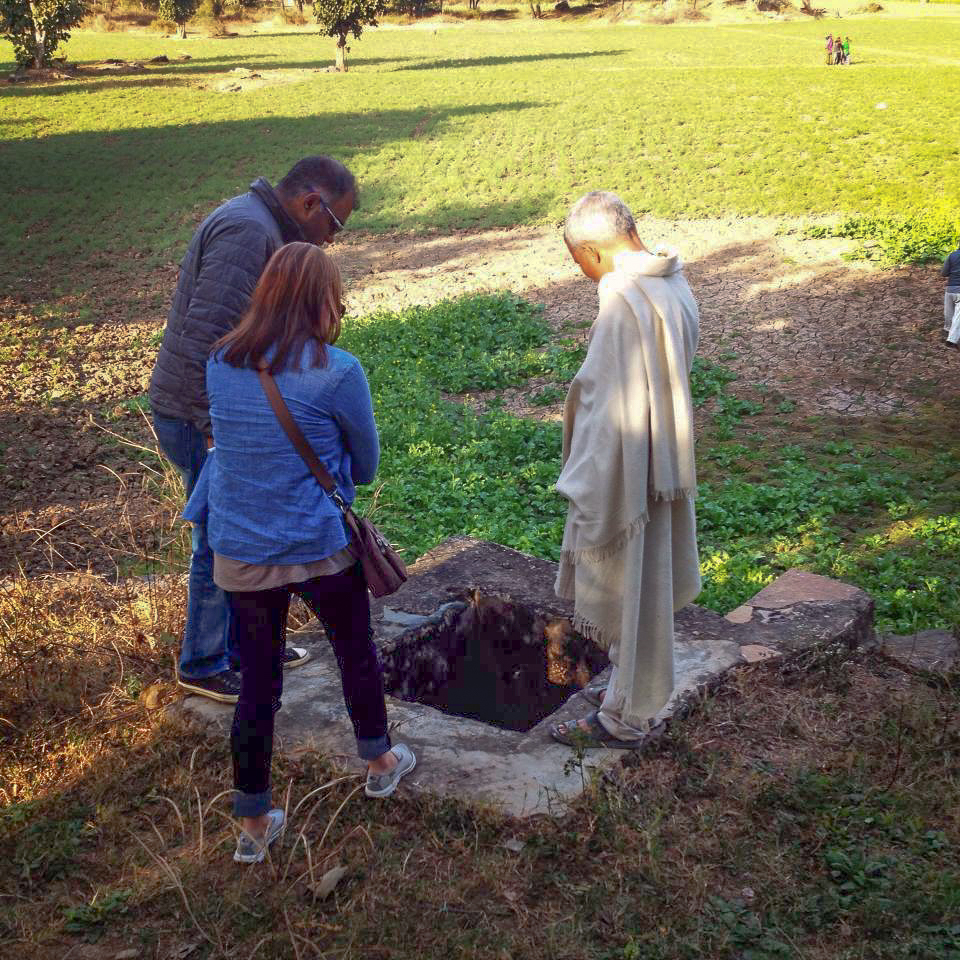
Teaching resources (please contact me if you need any of these):
Teaching Notes
Using the Quincunx to Teach 6-sigma Ideas
Boone, T., Fry, M., Ganeshan, R., Raturi, A. (2005).
Unpublished Cases
De Soup
Ganeshan, R. (2013).
MCCS Supply Chain Distribution Redesign
Ganeshan, R. (2005).
MAS Manufacturing Supply Chain
Boone, T., Ganeshan, R., Stenger, A.J. (2001, Revised 2014).
Millennium Petrochemicals: The Safety Stock Allocation Decision
Ganeshan, R. (2000).
Published Software
Supply Chain Simulator
Boone, T., Ganeshan, R., Stenger, A. J. (1996, Revised 2002, 2007, 2013, 2014).

Boone, T., Ganeshan, R., Hicks, R.L., Sanders, N.R. (2018). Production and Operations Management, 27(10), 1770-1774.